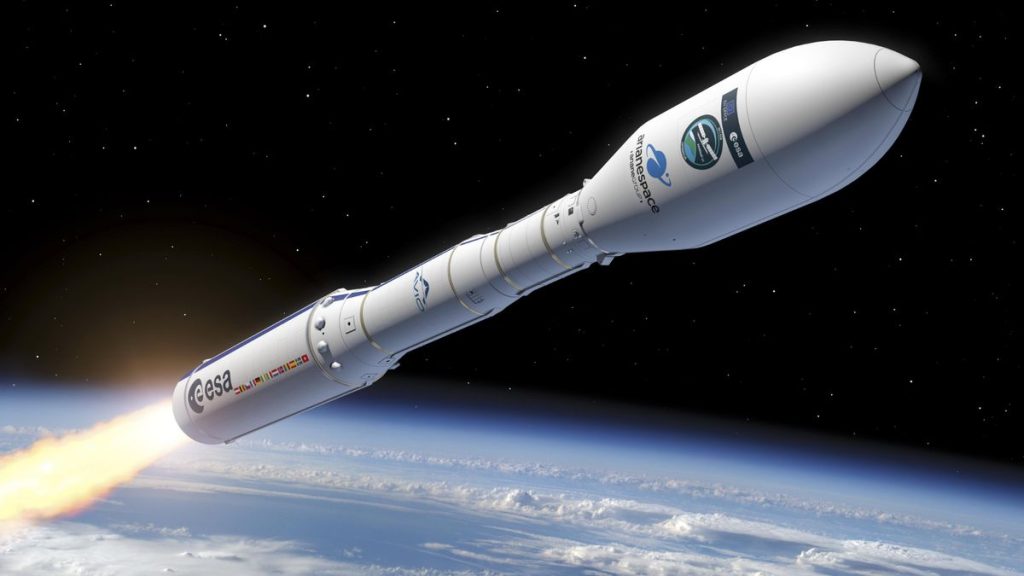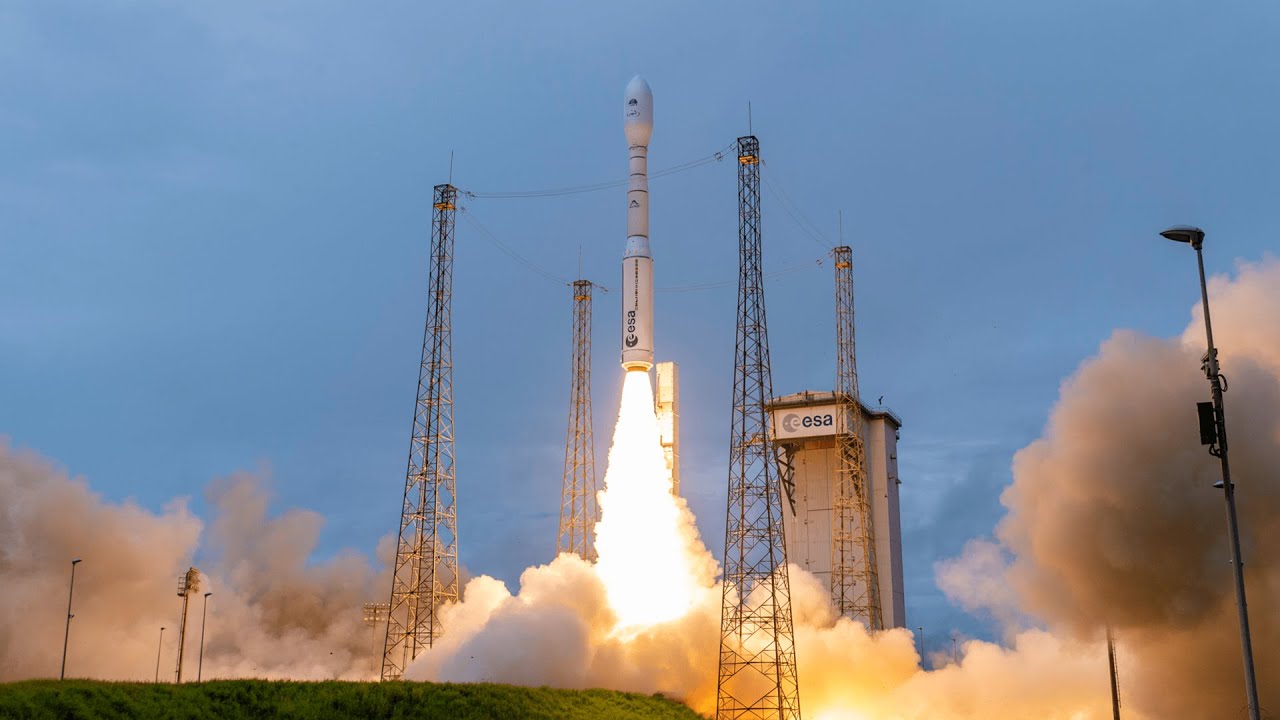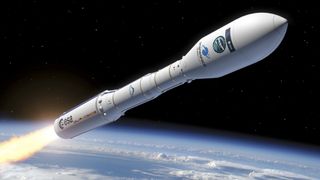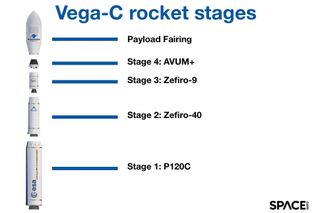
Watch Europe’s Vega-C rocket launch Dec. 5 after delay, on 1st flight since 2022 (video) (Image Credit: Space.com)

For the first time since the launch vehicle’s catastrophic mission failure in 2022, Europe’s Vega-C rocket is poised to return to flight Thursday (Dec. 5), after a delay.
The European Space Agency (ESA) is scheduled to launch the Copernicus Sentinel-1C satellite today, lifting off from Kourou, French Guiana, during an instantaneous launch window on Dec. 5, at 4:20 p.m. EST (2120 GMT, 22:20 CET — local time). The mission was supposed to fly on Wednesday (Dec. 4), but a mechanical issue with the launch gantry nixed that attempt.
This will be the third mission for ESA’s medium-lift rocket, and its first launch since a failure in the vehicle’s second stage led to the complete loss of its last payload in October 2022. You can watch the launch live here courtesy of ESA.
Secured in Vega-C’s fairing for this mission is Europe’s Copernicus Sentinel-1C satellite. The spacecraft is a replacement to complete a dual-satellite constellation with Sentinel-1A, following the unexpected failure of its partner satellite Sentinel-1B, which became inoperable after experiencing a technical fault in 2022. Sentinel-1C will be launched into orbit on the opposite side of Earth from Sentinel-1A, to allow the pair a complete view of the Earth for high-resolution imagery.
Vega-C is a four-stage rocket that stands 115 feet (35 meters) tall. The first three of the launch vehicle’s stages are powered by solid-rocket propellant, with its fourth stage using a liquid propellant for precision orbital insertions. Shedding its weight after the mission clock begins counting up instead of counting down, Vega-C’s first and second stage separations occur about 2.5 and 4.5 minutes after liftoff, with its third stage following suit just after 7 minutes into flight.
Related: Europe’s Vega C rocket fails on 2nd-ever mission, 2 satellites lost
The rocket’s upper stage will will fly Sentinel-1C to a sun-synchronous orbit at an altitude of about 435 miles (700 kilometers). The first of three scheduled burns will begin approximately one minute after stage-three separation, followed by an hour-long coasting phase ahead of burns two and three — also separated by about one hour. If each stage of the launch vehicle performs nominally, Sentinel-1C separation from the Vega-C upper stage will occur just shy of one hour and 44 minutes after liftoff.
“It is an important launch,” said Giulio Ranzo, CEO of Avio, during a prelaunch media briefing, “very important because we will lift a flagship European satellite of the Copernicus constellation with a flagship European launcher.” Avio is contracted by ESA as Vega-C’s primary designer. Vega-C’s return to flight follows the premiere launch of ESA’s larger Ariane 6 rocket over the summer, ultimately filling the gap in launch vehicle needs for smaller payloads and lessening Europe’s reliance on other launch providers.
“We are very proud of having this capability made available, in particular to the European Commission, but in general, to all other government and non government institutions within Europe and abroad,” Ranzo said.
Sentinels-1A and C are equipped with C-band synthetic aperture radar (SAR) instruments, which allow each to survey the Earth for a variety of environmental observations. Sentinel-1C also features a new Automatic Identification System (AIS), for use by sea-faring ships on Earth to avoid collisions when they are out of range of land-based radar systems.
The total of data collected as a part of the Sentinel-1 program is extensive and ongoing, and stands to be greatly aided by the addition of Sentinel-1C. “150,000 products based on Sentinel-1 data are published and made available to users, and since the beginning of the operations of the Sentinel-1, we have generated over 30 petabytes of data and more than 14 million products were made available,” said Christoph Kautz, the European Commission’s Director for satellite navigation and Earth observation for the Directorate-General for Defense Industry and Space (DG DEFIS) said during Monday’s briefing.
Vega-C’s two-year journey back to the launchpad required a design and manufacturing change to the vehicle’s second stage rocket engine nozzle. Now back in operation, Ranzo says the rocket has about 15 launches on its backlog to complete.
And the hiatus in Vega-C from the rocket launch arena hasn’t slowed ESA’s innovations toward improvement. The space agency has already begun designing an upgraded version of Vega-C, the Vega-E, based on a new liquid oxygen (LOX)-methane engine, the M-10, for its upper stage. The M-10 is also being developed by Avio, which plans to sign implementation contracts with ESA before the end of the year, according to ESA’s Director of Space Transportation Toni Tolker-Nielsen.
Sentinel-1C’s partnership with its predecessor Sentinel-1A will be short-lived, as the constellation is receiving its own upgrades. The ageing Sentinel-1A, which launched in 2014, is set to be replaced by Sentinel-1D next year, currently scheduled to launch in September.
Editor’s note: This story was updated at 3:20 p.m. ET on Dec. 4 with news of the launch delay and the new target of Dec. 5.







